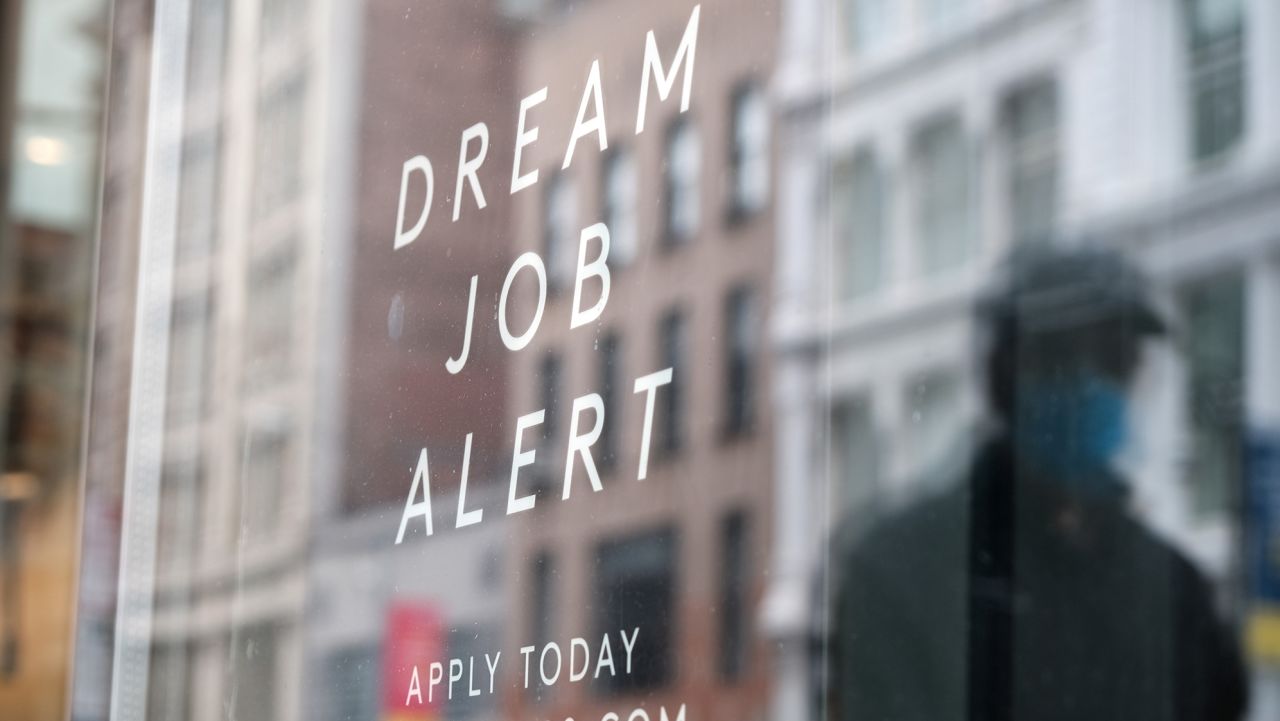While federal employment data is sometimes considered a lagging indicator, some parts of the July jobs report hint at potential weakening ahead, economists cautioned Friday.
The temporary help services industry shed jobs for the sixth consecutive month, dropping by nearly 22,000 positions in July, according to Bureau of Labor Statistics data. Through July, the industry has lost 205,000 jobs, a 6.5% hit, since its recent employment peak in March 2022, BLS data shows.
“This suggests that the overall labor market will continue to slow down in the coming months,” Selcuk Eren, senior economist at the Conference Board, said in commentary issued Friday.
Temporary employment activity is often viewed as a bellwether for future hiring activity: When times are good, businesses bring on more temps to take on extra work and potentially convert them into new hires; when times get lean, those positions are usually among the first to go.
Temporary employment declined in advance of the 2001 and 2008 recessions.
Separately, average workweek hours ticked down to 34.3 in July from 34.4 in June. During the past three months, average hours per worker fell at a 1.2% annualized rate, noted Preston Caldwell, Morningstar’s chief economist.
“That offset the bulk of the job gains, meaning that aggregate hours worked increased at a mere 0.5% annual rate in the past three months — which is indeed below normal,” he wrote. “Given that employers can only cut hours so much, this is a harbinger for increased layoffs and a slowed pace of total job gains.”
Additionally, the teenage jobless rate rose for the third consecutive month, increasing to 11.3% from 11% the month before.
That’s “another sign of the cooling employment picture,” said Sung Won Sohn, finance and economics professor at Loyola Marymount University and chief economist of SS Economics.




















